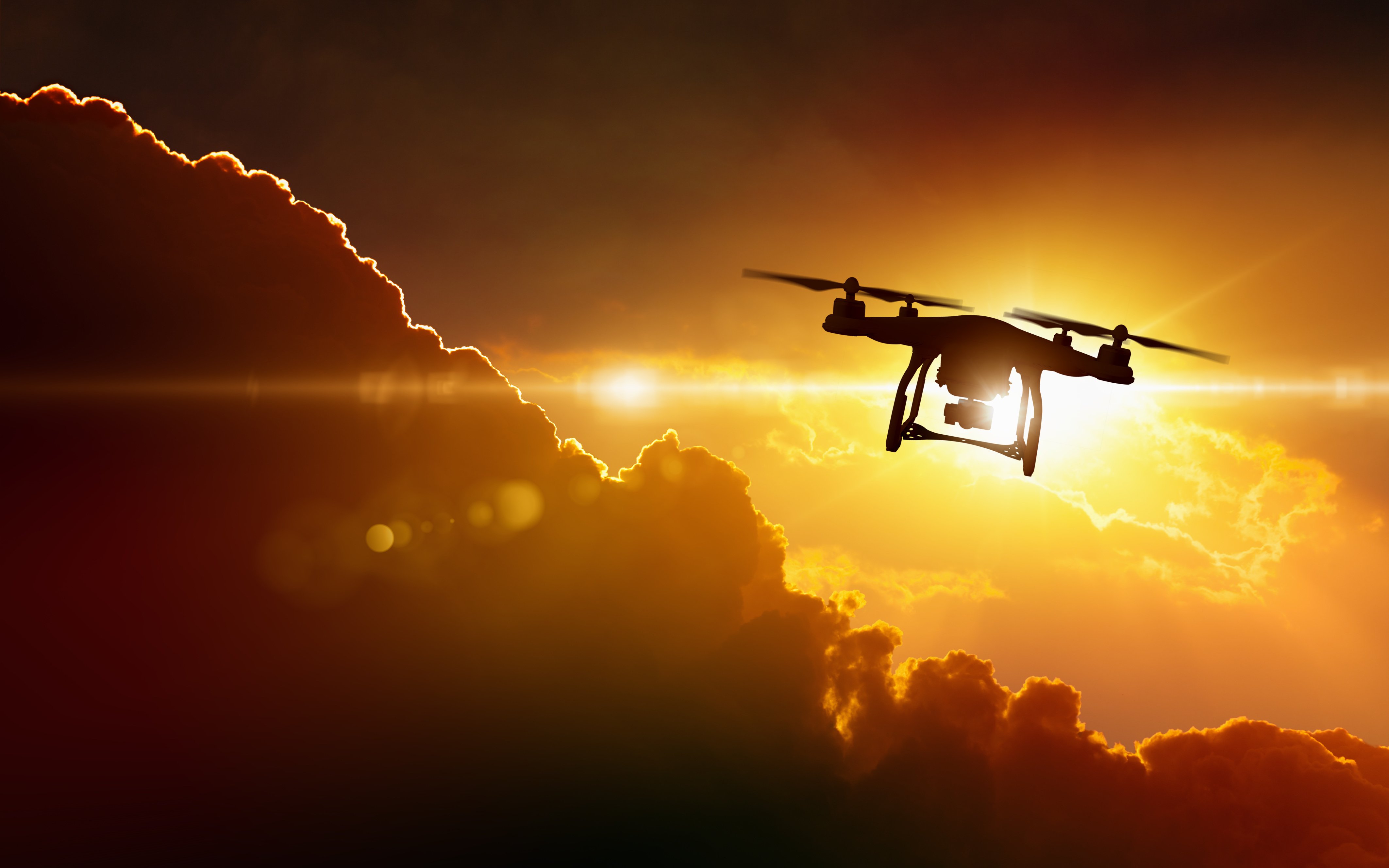PDRA stands for Pre-defined Risk Assessment and is a type of authorisation you can be granted from the CAA to fly your drone, within specific limitations.
When you have done a GVC course, most people apply for the UK PDRA-01 as part of your Operational Authorisation from the CAA.
To summarise, the UK PDRA-01 allows drones up to 25kg to be flown within 150 metres of any residential, commercial, industrial, or recreational area. This is regardless of whether it is a 'certified' drone or has a 'c' marking.
Distance from Remote Pilot

To operate under PDRA-01, you need to maintain unaided Visual Line of Sight (VLOS) at all times with your unmanned aircraft and the furthest you can fly the unmanned aircraft away from yourself as the remote pilot, regardless of the size, shape, colour and lighting of your drone, is 500 metres horizontally.
Can you fly FPV
.png?width=1200&name=Blog%20Images%20(1).png)
You may use a competent observer to maintain Visual Line of Sight with your drone for you, as long as they are situated next to you and have been told what they’re there for and how to keep you informed of what’s going on around you. This, therefore, allows FPV flying where you, as the remote pilots can wear the FPV goggles and the person next to you can act as your observer and maintain that crucial unaided visual line of sight.
How high can you fly?
.png?width=1200&name=Blog%20Images%20(2).png)
At all times, the maximum height we can go above the closest point on the surface of the earth is 400 feet. So don't forget, that means if we take off from the top of a mountain, say we take off from the top of Snowdon, we can go 400 feet above ourselves, but if we then want to travel out across the valley, we need to contour down with the surface of the Earth. That way we don't end up outside of 400 feet above the closest point on the surface of the earth.
This concept is really important to get your head around; Drone operators can fly up to 400 feet above the closest point on the Earth’s surface and manned aviation in the civilian world operate at a height of 500 feet and above. So that gives us that a one hundred foot buffer between most unmanned and manned aircraft. Now, of course, this doesn't include people who are operating under special permissions, and it doesn't include military aircraft, where, in some cases, aircraft can come all the way down to the surface.
Flying over structures taller than 400ft
.png?width=1200&name=Blog%20Images%20(3).png)
You may overfly obstacles that are taller than 105 metres by up to 15 metres, provided that the person in charge of the obstacle has requested you do this and you don’t fly the drone more than 50 metres away from the obstacle at any time. So to put that into context, if, for example, you need to overfly a wind turbine and it's 200 metres tall, and it’s the operator of the wind turbine that’s requested your services, you can fly up to 215 metres high, provided you are within 50 metres of the wind turbine. This makes things easier for inspections of tall buildings.
Separation distance requirements from uninvolved people
.png?width=1200&name=Blog%20Images%20(4).png)
Under UKPDRA-01, we can fly unmanned aircraft up to 25 kg within 150 metres of any residential, commercial, industrial, or recreational area. So we as GVC holders operating under our operational authorisation PDRA-01 can fly within built-up areas. However, we must stay a minimum of 50 metres away of any un-involved person, except during takeoff and landing, where we can reduce that separation distance down to 30 metres.
Overflight of Uninvolved People
UKPDRA-01 does allow overflight of uninvolved people, however, you should only do so if absolutely required and you should limit the time doing so to a minimum.
The longer we are overflying people, whether involved or uninvolved, the greater the exposure to the risk if anything were to go wrong, so, to minimise the risk, minimise your flight times over people or plan alternate flight-paths wherever possible.
No flying over Assemblies of People
.png?width=1200&name=Blog%20Images%20(5).png)
In addition to the minimum separation distances, there is additional protection in place regarding assemblies of people and that we cannot fly closer than 50 metres from assemblies of people, and this must be a horizontal separation.
So, to put this in black and white - under UK PDRA-01, we cannot overfly an assembly of people at any height, we need to stay 50 metres horizontally away from them.
Remember, there is no set quantity of people that defines an ‘assembly of people’, it’s all about whether an individual can freely move out of the way of an out of control unmanned aircraft.
Flight Restriction Zones
.png?width=1200&name=Blog%20Images%20(6).png)
You can not automatically fly inside any flight restrictions zones or FRZs, unless you've got permission from the relevant Air Traffic Control or other authorising body.
Once we've got that permission, though, we can fly within that airspace.
Types of Drone
.png?width=1200&name=Blog%20Images%20(7).png)
Under UKPDRA-01 you can fly either a multirotor or a fixed-wing aircraft, provided you have passed a Flight test on either of those types of aircraft.
So, if you only do a flight test with a multirotor, you’ll only be granted the authorisation to fly a multirotor.
If you want to fly fixed-wing aircraft, you’ll need to do a separate flight test.
If you've got a Hybrid aircraft that uses both fixed-wing and multi-rotor controls, you’ll need to complete a flight assessment on either a Hybrid aircraft or a separate Fixed-wing and multirotor aircraft
Log all your flights
.png?width=1200&name=Blog%20Images%20(8).png)
You need to ensure that you log all flights conducted under the Operational Authorisation, and these records must be available on request from the CAA.
Insurance requirements
.png?width=1200&name=Blog%20Images%20(9).png)
We need to ensure that we have insurance cover that meets the regulatory requirements as laid down in a document called EC 785 2004. Basically, if any of your flights are not for recreational or sport, then you must have insurance that is EC 785 2004 compliant.
Summary
This should have given you an overview o the types of authorisation you can be granted from the UK CAA should you choose to do a General Visual Line of Sight Certificate (GVC) Course. The GVC is intended for people that want to fly outside the standard 'scope' of the Open Category flights, and, for most people, this means flying either custom-built drones or larger, heavier drones.
You can find out more about the GVC by clicking here, or you can call the team on 0800 033 4400.


